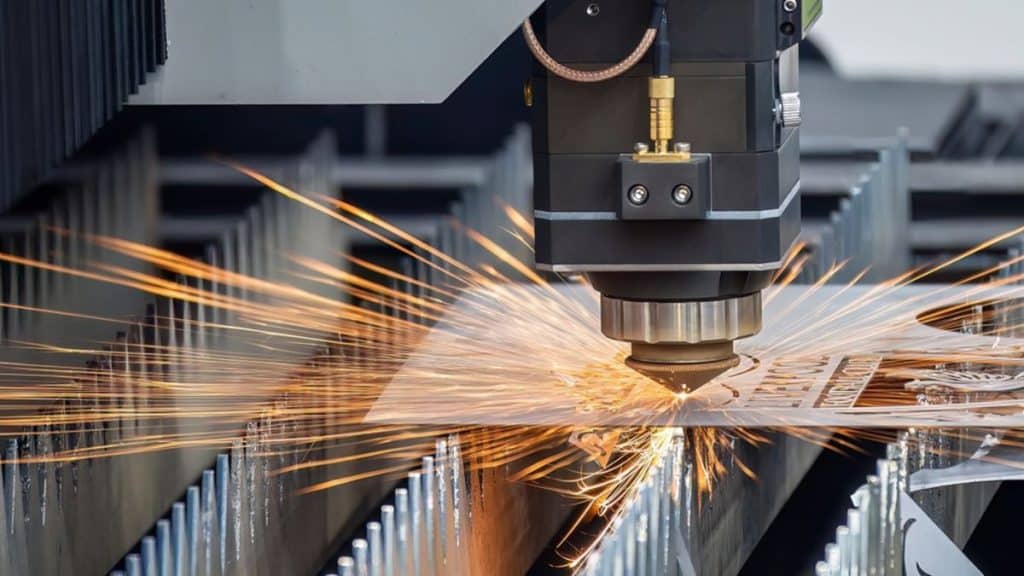For over 50 years, JM Haley Sheet Metal (JMH) has stood at the forefront of HVAC ductwork solutions across the New York metropolitan area. Based in Farmingdale, New York, JMH is a full-service sheet metal contractor known for precision fabrication, expert installation, and a relentless commitment to client satisfaction. From high-rises and hospitals to schools and industrial facilities, the company brings deep technical knowledge and practical experience to projects ranging from modest renovations to multimillion-dollar builds.
JMH Sheet Metal is equipped with an advanced fabrication shop capable of producing high volumes of galvanized, aluminum, black iron, and stainless steel ductwork. Backed by an experienced team of estimators, CAD draftsmen, and project managers, JMH ensures seamless delivery from design to installation. Every project is handled with an eye toward safety, schedule, and budget, and shop drawings are typically turned around within 48 hours to keep timelines on track.
The heart of JMH lies in its people—over 100 skilled professionals, many of whom have been referred by friends or family and have grown their careers at the company. With state-accredited apprenticeship programs, continued education, and a culture rooted in mutual respect, JMH not only builds structures but also builds futures. The company’s workforce is fully insured and union-affiliated, giving clients confidence in both the quality and compliance of every job performed.
JMH Sheet Metal also gives back to the community through active support of nonprofit organizations like Habitat for Humanity and the Wounded Warrior Project. As a recipient of the Empire State Development Corporation Grant, JMH continues to expand its capacity and impact throughout the region. Trusted, proven, and proudly local—JMH Sheet Metal remains a leading force in shaping New York’s skyline and infrastructure, one custom-fabricated piece at a time.
Sheet metal refers to any metal subject to hot and cold rolling processes, creating flat, thin pieces. Professionals cut, bend, and form these pieces into various shapes and sizes, ranging from flat panels to three-dimensional structures, depending on the end use. Sheet metal feedstock spans steel, zinc, aluminum, bronze, and copper, with finished pieces ranging in thickness. Common applications for sheet metal include buildings, airplanes, vehicles, and appliances.
The process of sheet metal fabrication begins with the melting stage, where professionals apply heat to the metal in a crucible, melting it and bringing it to a liquid state. The crucible refers to a ceramic or metal container designed to withstand extremely high temperatures, melting the metal inside. The pouring stage occurs next. Professionals pour the liquified metals from the crucible into a rectangular mold. As the metal cools, it takes the form of the mold, as a uniform ingot.
Next, the pickling stage occurs. Professionals apply a chemical mixture as the ingot cools, which preps it for further processing. The acidic pickling bath removes impurities from the metal surface, such as inorganic contaminants, stains, rust, and scale. After pickling, aluminum naturally forms an oxide layer that protects it from exposure to atmospheric air, preventing oxidation and rusting. Steel, on the other hand, becomes vulnerable to rust after pickling. Therefore, professionals apply a thin film of oil to the surface to create “pickled and oiled steel.”
Thereafter, the rolling and annealing stage occurs. It starts with a pair of large rollers that thin out the soft, hot metal through repetitive motion. With each pass, the rollers move closer together until the metal has achieved the desired thickness. The metal tends to harden during this process, and annealing may be necessary to soften it. This involves heating the metal again without melting it and then repeating the pickling process before resuming rolling.
Some sheet metal production lines use a series of roughing rolling stands, where hot slabs of metal pass through the stands in succession to thin and lengthen them. Finally, the sheet metal passes through finishing rolling stands, followed by cooling and rolling into coils.
Sheet metal coils may undergo several additional finishing processes. Galvanizing involves applying a zinc coating that enhances corrosion resistance, while tinning adds a tin coating to steel used in food cans. Anodizing adds thickness to the protective oxide layer on aluminum, and tempering uses specialized rollers to impart surface textures and hardness to metal sheets. Professionals may use annealing to soften the metal sheets, allowing them to bend and form them into three-dimensional shapes.
There are several ways to cut sheet metal. Professionals commonly use laser cutting. The process commonly used for sheets of thin to medium thickness uses a laser amplified with a mirror or lens. Water jet cutting uses precise streams of high-pressure water to slice through metal sheets. This is ideal for metals with a low melting point, as it prevents overheating the metal to the point where it deforms. Low-cost plasma cutting employs a channel of ionized gas. This cuts through even thick sheets of metal, and while less precise, it is fast and efficient.
Sheet metal deformation involves changing the dimensions of the sheet metal without cutting. A brake machine bends metal sheets into desired shapes. A hydraulic or mechanical punching press stamps a piece of metal, adding dimensions to the flat sheet. Lathes shape sheet metal into round parts, such as cones and cylinders, through a spinning fabrication process similar to a pottery wheel.

